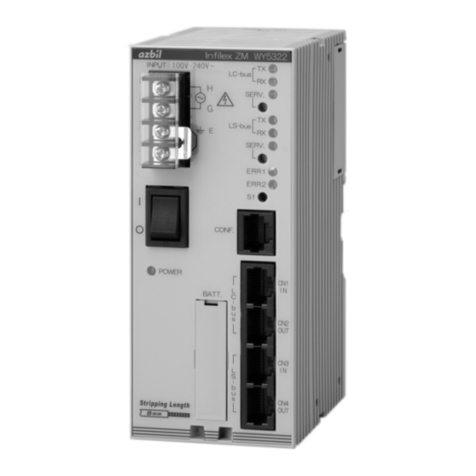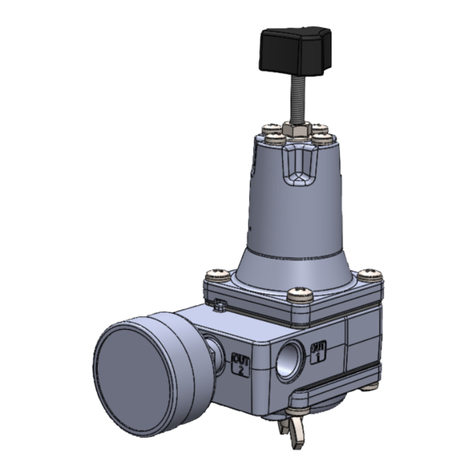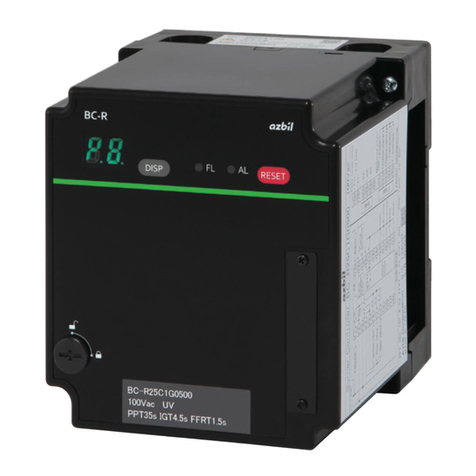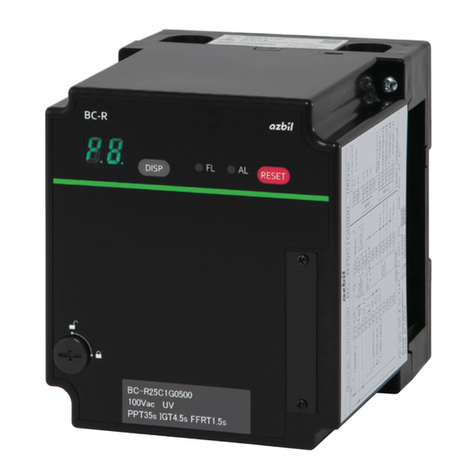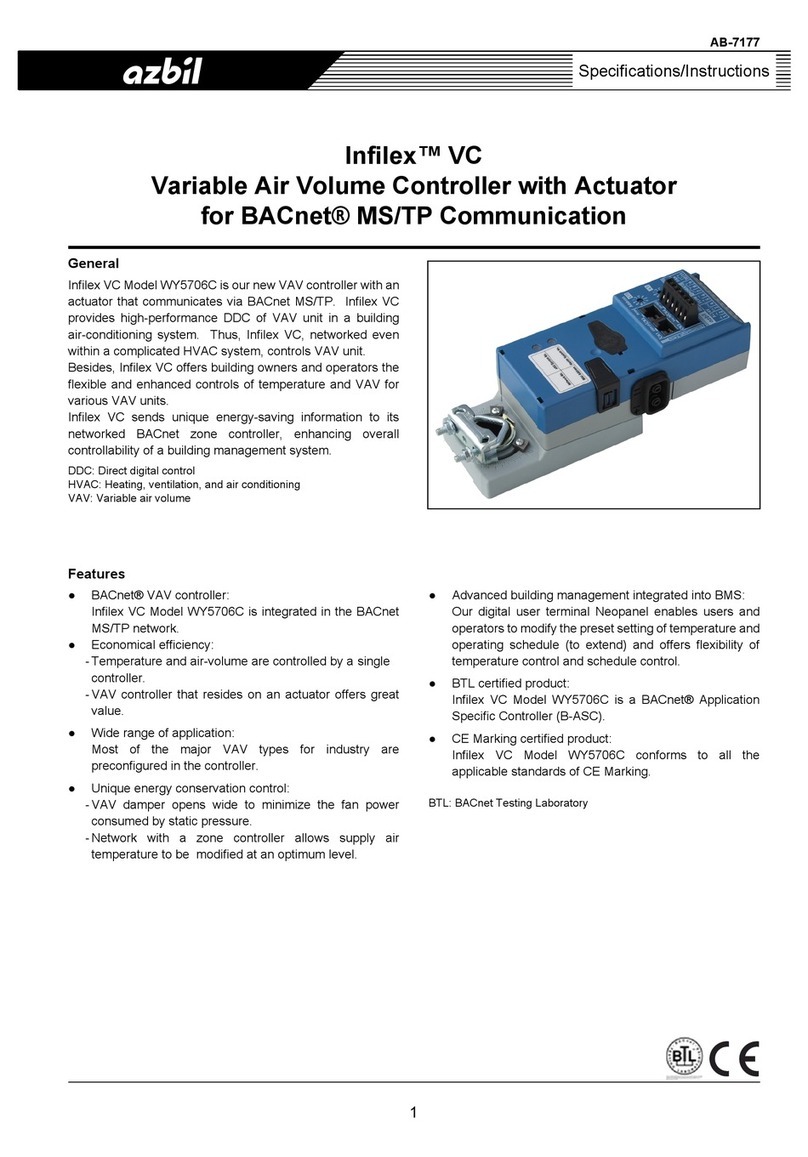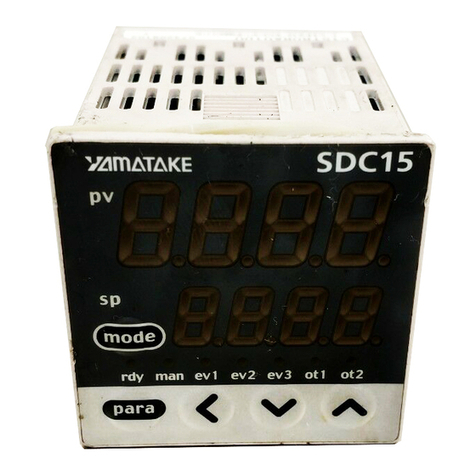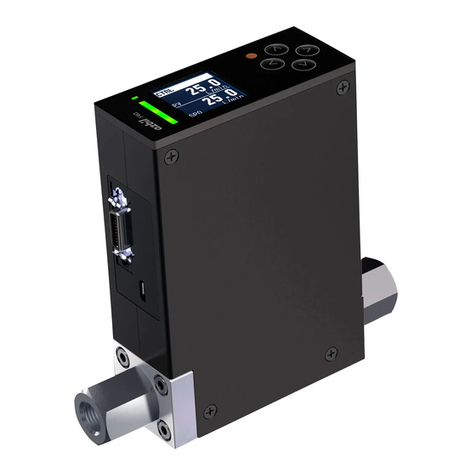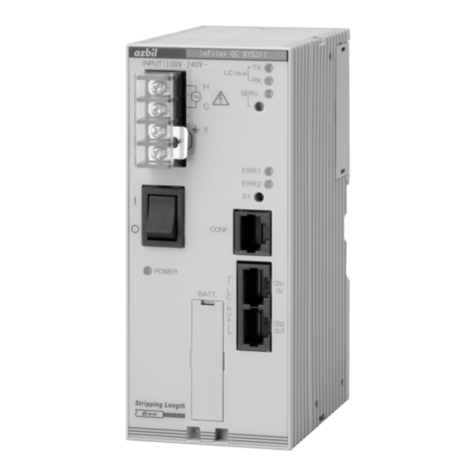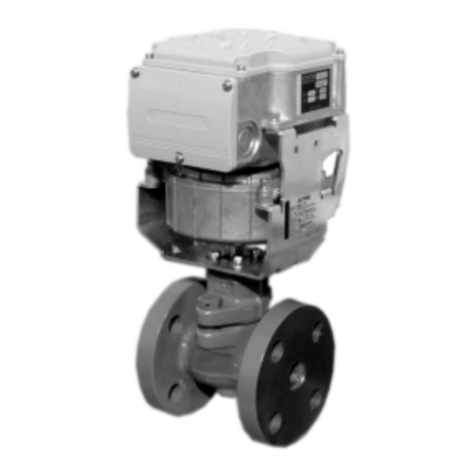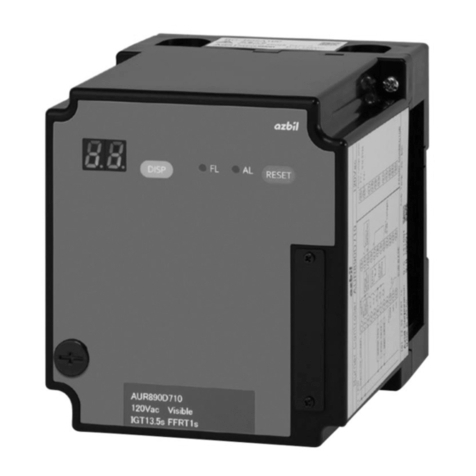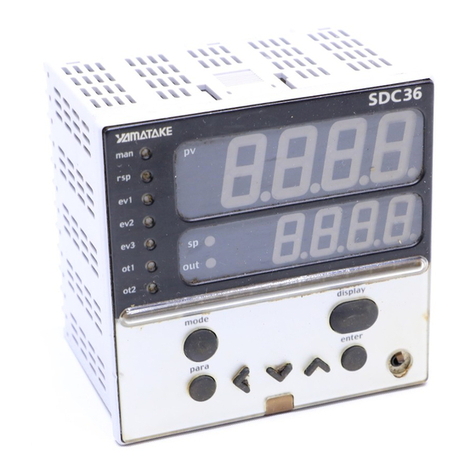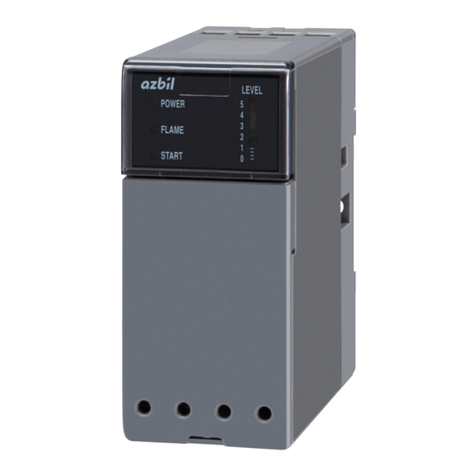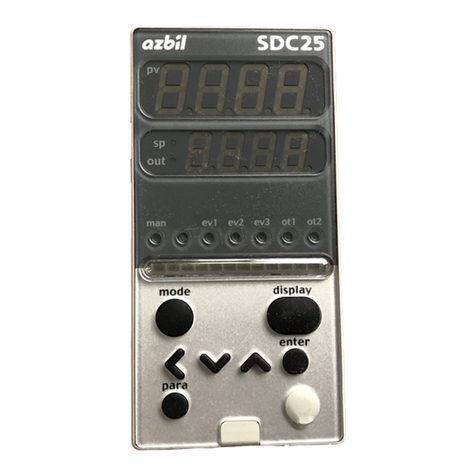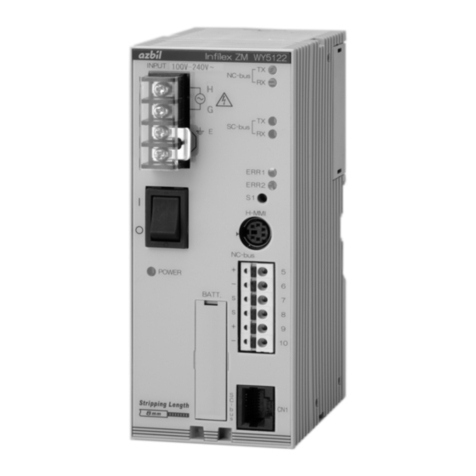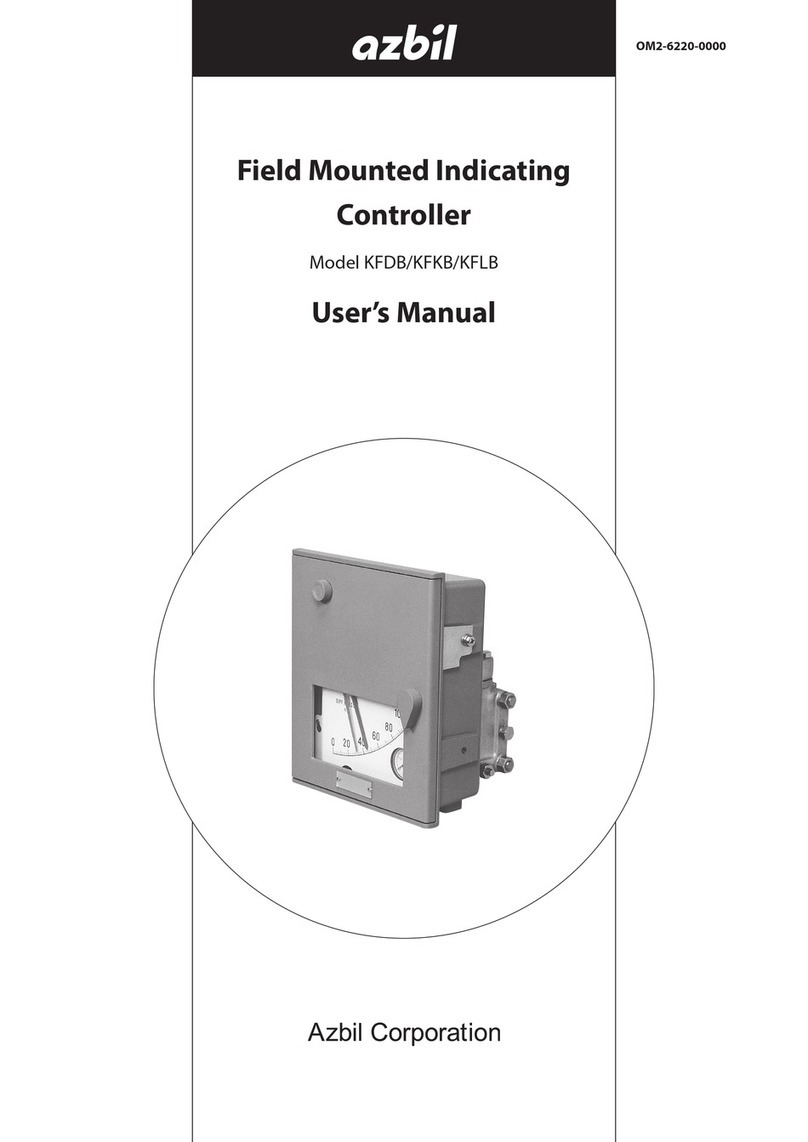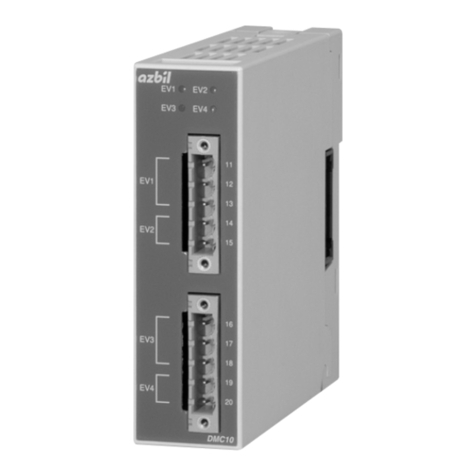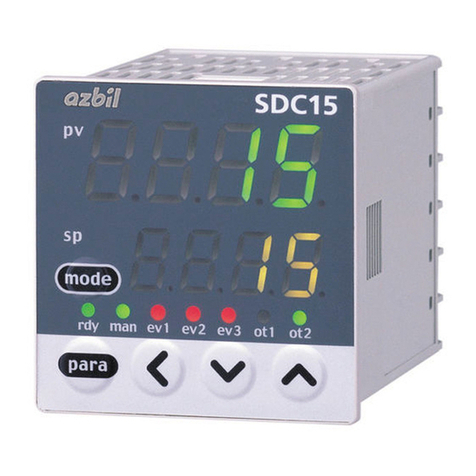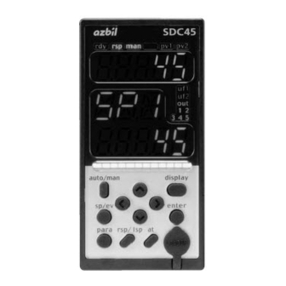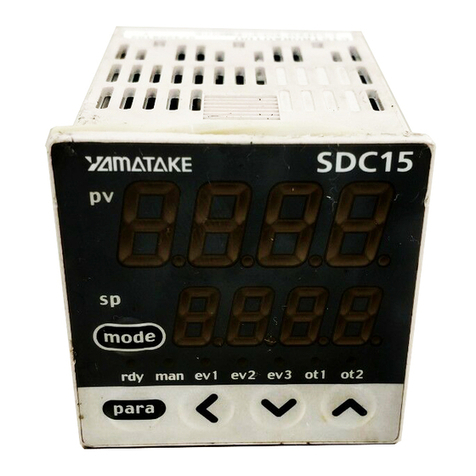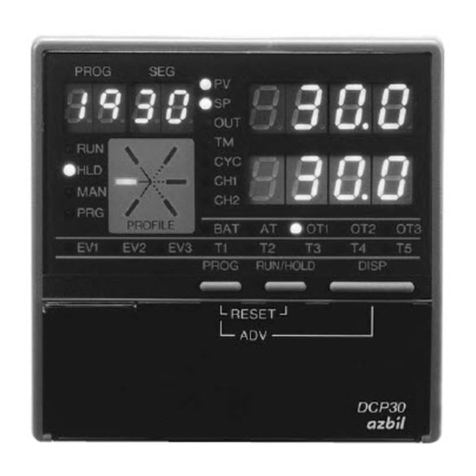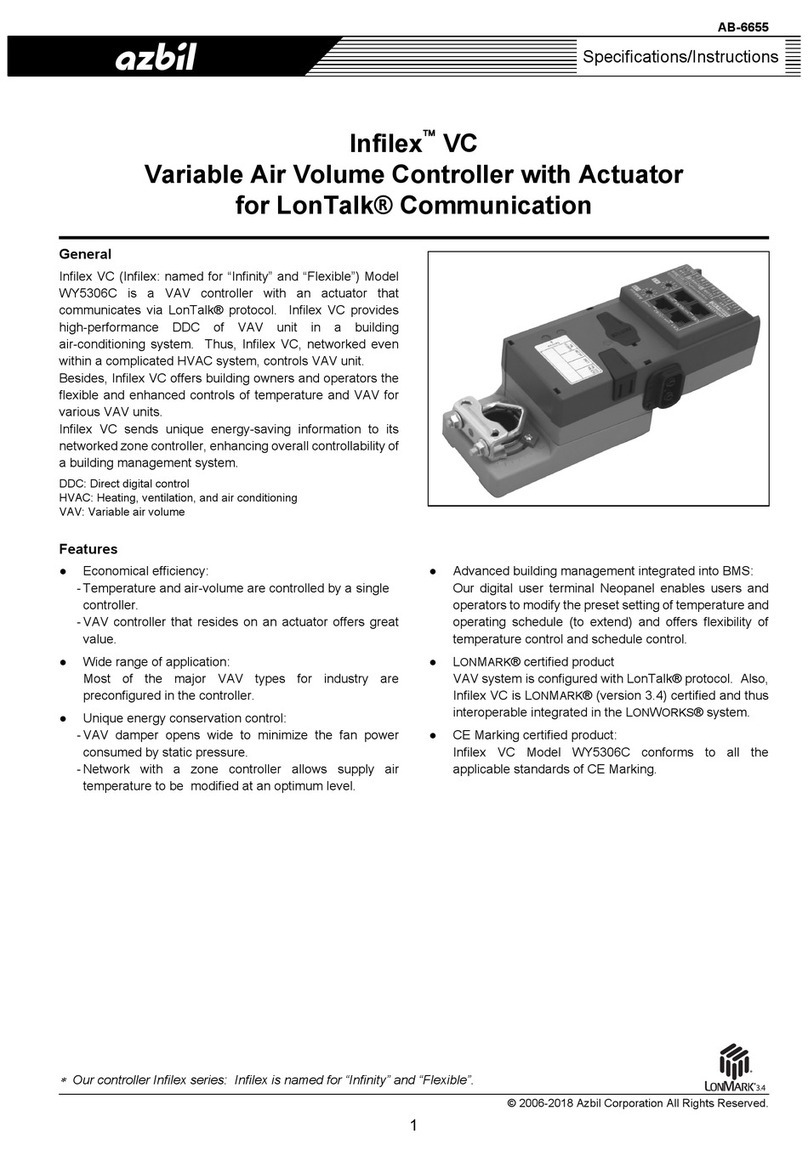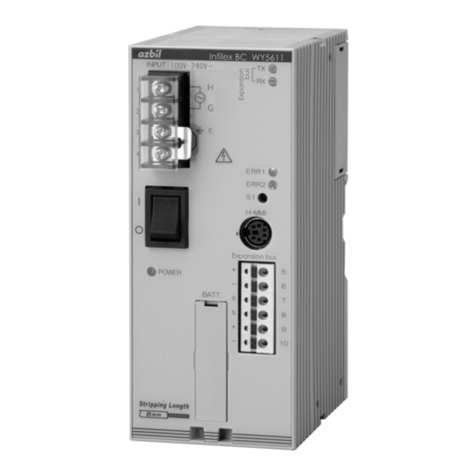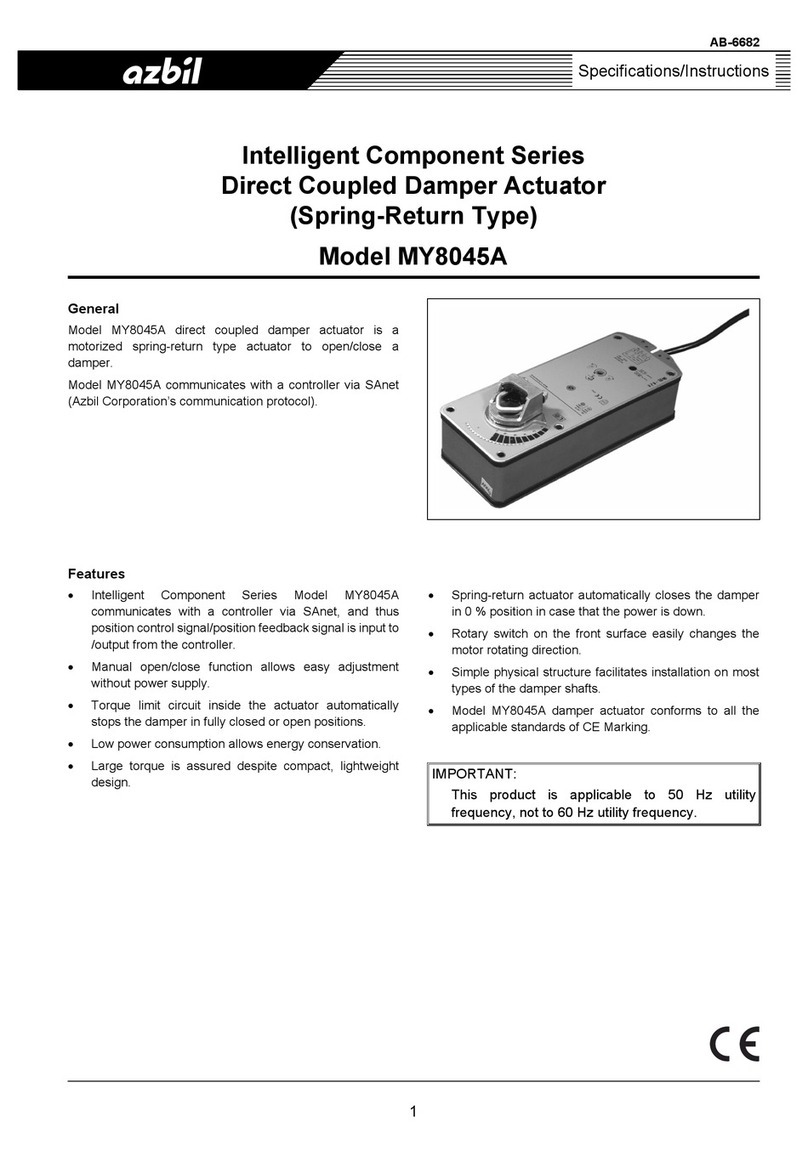
ii
Safety Precautions
WARNING
Never allow gases that are within explosion limits (in particular, mixed gases
within explosion limits that contain hydrogen) to pass through this device.
Doing so might result in an explosion accidents.
When using this device for gases that contain hydrogen, be sure to purge the
device with an inert gas (such as nitrogen or argon) before use. Use without
purging may cause an explosion.
CAUTION
Check the product connections and pipe connections for leakage before use.
Also, check the connections for leakage regularly after the start of use.
It is the user’s responsibility to ensure that gas leaks can be reliably detected.
This is especially important if a dangerous gas is used.
If the device is used for burner air-fuel ratio control, take the necessary coun-
termeasures with the equipment to prevent the occurrence of backfire and
to avoid any influence to the device even if backfire occurs. Pressure increase
or fire in the pipes caused by the backfire of the burner could damage the
controller.
This device is exclusively for hydrogen and helium gases. It cannot be used for
control or measurement of gases other than hydrogen, helium, and hydrogen-
helium mixtures (excluding mixed gases within explosion limits). Oxygen can-
not be measured even if gas-contacting sections of this device are oil-inhibited.
To use any gas that includes hydrogen, before use be sure to fill the flow path
completely with the actual gas and check that the zero point is correct when
the actual flow rate is stable at zero. If the zero point is not correct, execute flow
rate zero calibration.
This device is set initially for hydrogen gas use at the factory. To use it for he-
lium gas or mixed gases, change the gas type setting. The use of this device for
helium or mixed gases without changing the gas type setting will result in a
measurement error.
Prevent foreign matter from entering the device. If rust, water droplet, oil mist,
or dust in the pipes enters the device, measurement or control error or damage
might occur.
If there is a possibility of foreign matter entering the device, provide a filter,
strainer or mist trap capable of eliminating foreign matter 0.1 μm or greater in
diameter at the upstream. Be sure to inspect and replace the filter at regular
intervals.
